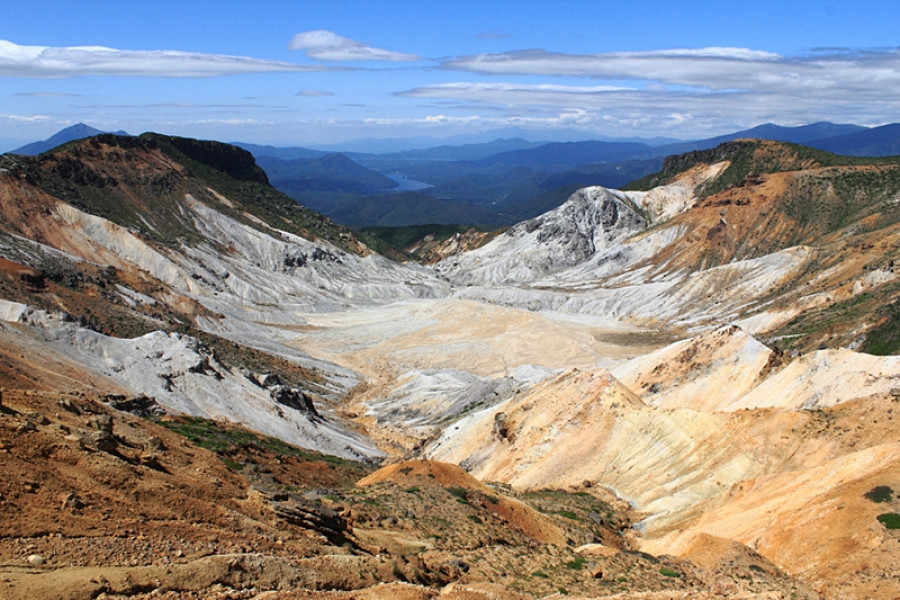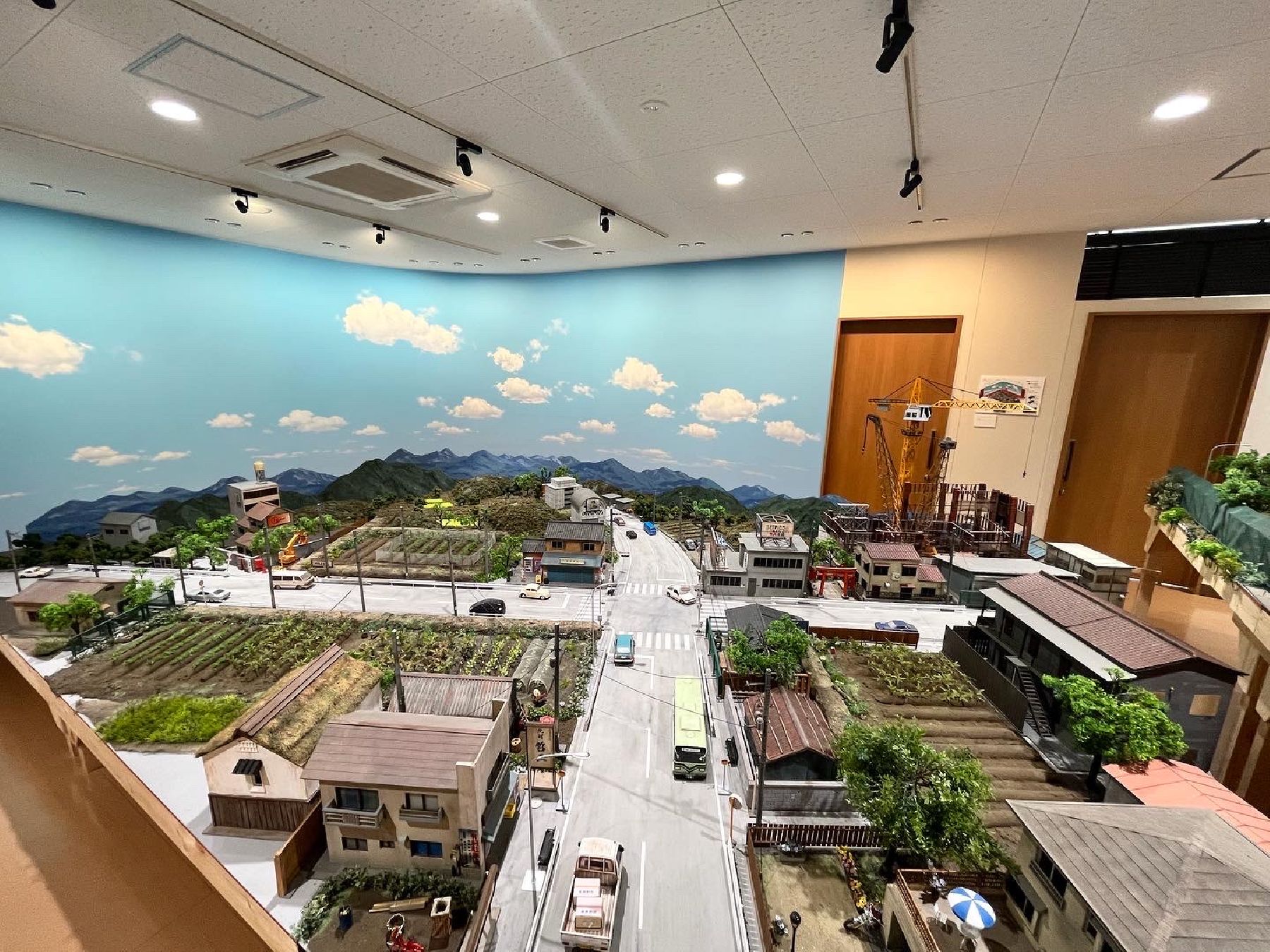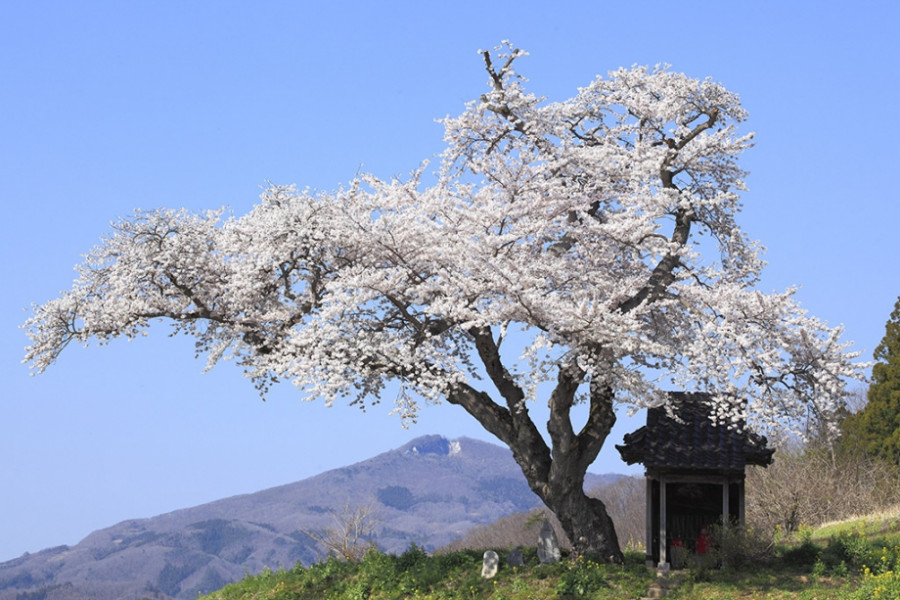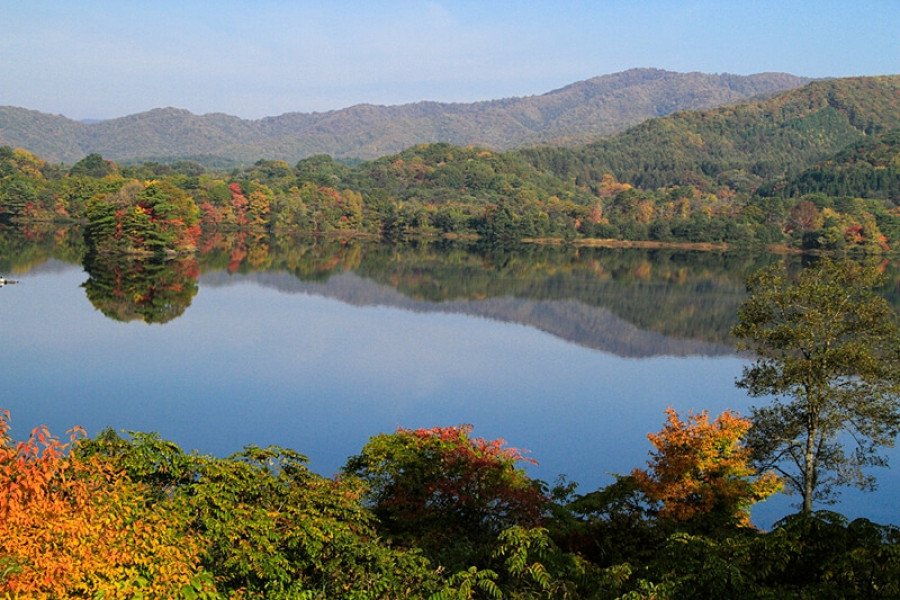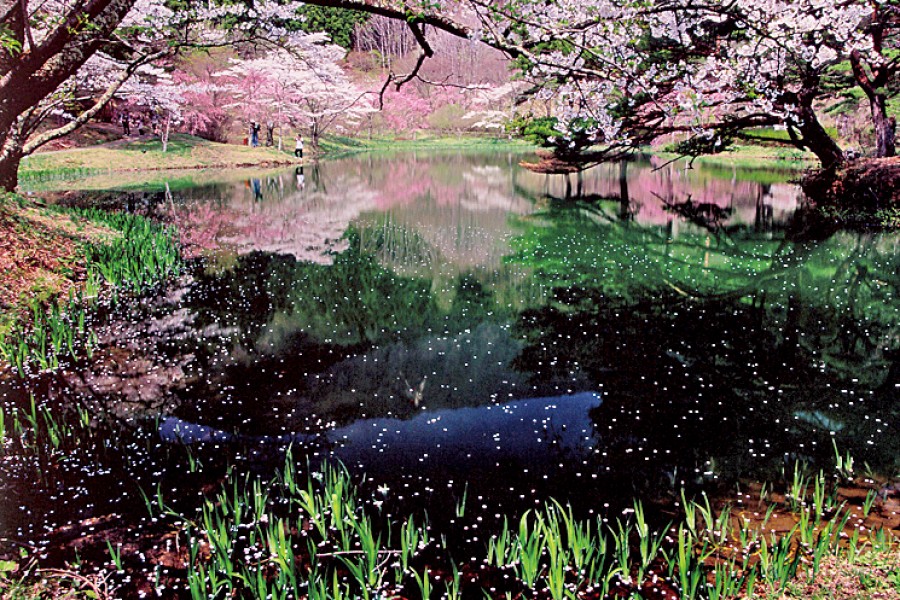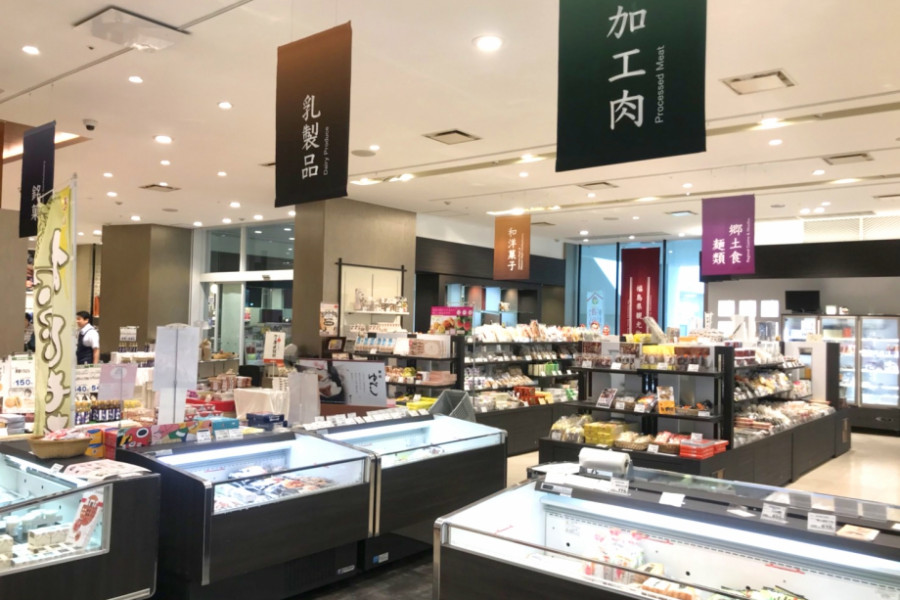
Fukushima Prefecture Souvenir Shop
Fukushima Prefecture Souvenir Shop (also known as the ‘Bussankan’) is a short walk from the west exit of Fukushima Station. Enjoy a delicious lunch, and even do a sake tasting, at the Fukushima Lounge. All food and sake has been grown and produced locally in Fukushima – a prefecture which is blessed with a wealth of natural beauty. Browse locally-made items – which have been designed over generations in response to Fukushima’s rich history and culture, and have become representative of various areas of Fukushima Prefecture – displayed and sold in the ‘Local Products’ section. Great food, dried goods, local products and traditional crafts – the best from all over the prefecture can all be found at Fukushima Prefecture Souvenir Shop. As well as displaying and selling delicious local produce and locally-made folk crafts from a wide-range of areas across the prefecture, Fukushima Prefecture Souvenir Shop also provides information on local products and sightseeing opportunities in Fukushima. Local artisans, farmers and performers also regularly visit the shop to display and sell their work, so definitely make sure to visit.
